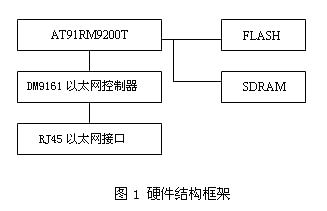
We ran the same test as above using the SanDisk MicroSDXC card for Nintendo Switch. microSD card: Taking what we knew about SD cards, we applied the same thinking toward microSD cards, which are used less frequently these days and are naturally slower.

We’ve measured read and write rates with this card at 93.78 MB/s and 84.58 MB/s, respectively, in other tests with these hubs, the fastest read speeds were about 89 MB/s, and write speeds reached 75 MB/s. We ran AJA System Test on a 64 GB SanDisk Extreme Pro, the fastest UHS-I card we tested in 2020. Since SD cards are less commonly used than USB ports these days, this feature isn’t as important. SD card: Photo and video files can be quite large, so with a fast SD-card transfer rate you won’t have to wait around to import a day’s worth of shots from your card.

We’ve found the Power tab in macOS’s System Report to accurately report the wattage of the power source, and in our tests we compared the figures stated there against what each company advertised. USB-C supports power at up to 100 watts, while laptops take anywhere from 30 watts (for a small machine such as the MacBook Air) to 45 watts (for many midrange laptops, as Chromebooks tend to be) to 97 watts (for the 16-inch MacBook Pro).
Usb to earthnet full#
(Note that unless you have reliable Gigabit Ethernet service, you won’t be able to measure if the port is actually performing at full speed.) For each model in the test group, we verified the connection speed in Network Utility on a Mac, which displays the maximum link speed. Most hubs with Ethernet ports support gigabit speeds, meaning data can transfer at up to 1,000 megabits a second.

Usb to earthnet portable#
We ran AJA System Test speed tests using the Samsung T5 Portable SSD (500 GB) to measure transfer speeds. USB-A speed: Although USB-A ports generally don’t support data-transfer rates as fast as those of USB-C or Thunderbolt 3 connectors, it’s still important to be able to transfer data quickly.Two USB-A 3.2 Gen 1, one USB-C 3.2 Gen 1, one USB-C power Two USB-A 3.2 Gen 2, one USB-C 3.2 Gen 2, one USB-C power Note that the Anker 10-Port 60W USB 3.0 Hub ships with only a USB-A–to–USB-B cable, so you’ll have to buy a separate USB-B–to–USB-C cable to connect it to many modern computers. As a bonus, it’s aesthetically inoffensive-it doesn’t look like it belongs with the greatest hits of ugly ’90s technology, unlike some of the other hubs we’ve tested.

It has seven upward-facing USB-A 3.1 Gen 1 data ports with a helpful LED activity indicator for each it also has three 12-watt (2.4-amp) power ports just for charging. If you’re mainly concerned about connecting to your computer as many devices as you can, choose the Anker 10-Port 60W USB 3.0 Hub.


 0 kommentar(er)
0 kommentar(er)
